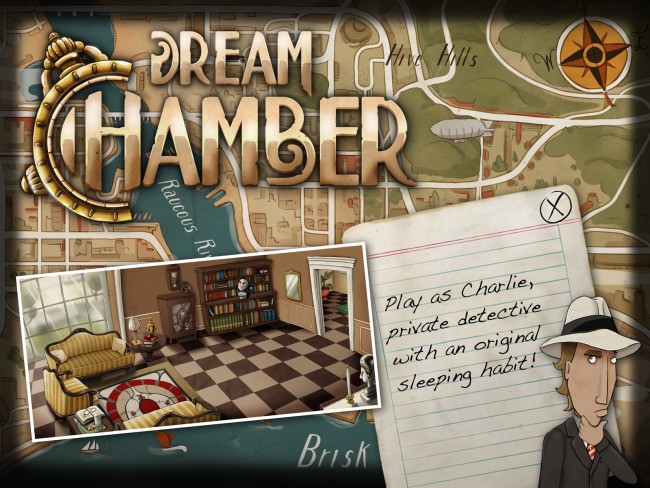Dream Chamber
Project name: Dream Chamber
Category: Adventure Game (iOS + Android)
Client: DarkWave Games by alittleb.it
Technologies: Unity 3D / Proprietary “Real Chamber” Technology
Publisher: Microïds / Anuman Interactive
Investor: Reply Group
Link: http://www.darkwavegames.com/dream-chamber/
Dream Chamber is a point-and-click adventure game, in the third person, for iPhone, iPad, PC, Mac, Android, developed by DarkWave Games (Alittleb.it’s gaming brand), co-financed by Forge Reply, published by Microïds.
Step into the shoes of Charlie, a private detective and rich heir, for whom humor is the best weapon! In Dream Chamber, uncover the culprit in this simultaneously breathtaking and dreamlike quest.
Technology
Coherently to our basic strategy, Dream Chamber has been created to develop and to test a new technology that will become an Alittleb.it’s product: “Real Chamber”. So, very soon, Alittleb.it will be able to offer to its clients an innovative and very effective new approach to Game-Based Marketing: “Real Chamber” has been conceived to allow Alittleb.it to rapidly develop optimized multiplatform Graphic Adventure, set in real locations, minimizing entrance-barriers for users.Read More


